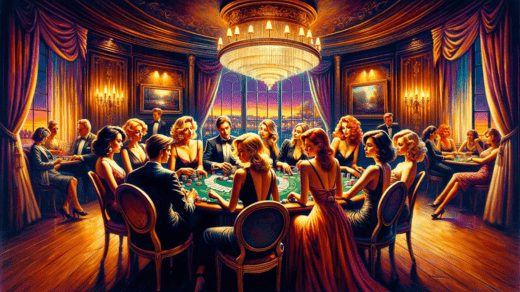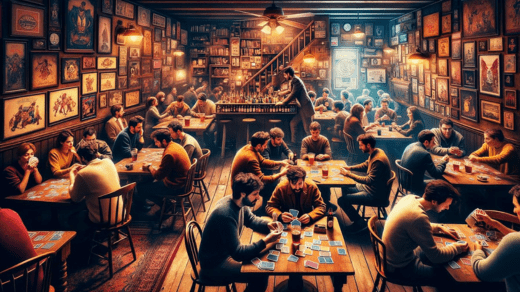The Art of Game Design: Crafting Engaging and Memorable Experiences

Game design is the art and science of creating interactive experiences that captivate players and leave a lasting impact. It’s the process of conceptualizing, developing, and refining games to ensure they are engaging, immersive, and enjoyable. Successful game design requires a deep understanding of player psychology, mechanics, storytelling, and aesthetics.
Player engagement is at the heart of game design. Games are meant to be interactive and participatory, encouraging players to make decisions, solve challenges, and explore virtual worlds. Game designers carefully craft mechanics that create meaningful choices and reward players for their efforts.
Storytelling is another crucial element. Many games incorporate narratives that draw players into the game world. Whether it’s a grand epic or a personal journey, a well-crafted story can enhance player immersion and emotional investment.
Balancing challenge and skill progression is a delicate task. Games should start with manageable challenges and gradually introduce complexity as players become more proficient. This balance ensures that players are consistently challenged without feeling overwhelmed.
Aesthetics play a significant role in game design. Visuals, sound effects, music, and user interfaces contribute to the overall atmosphere of the game. The art style and audio design should align with the game’s tone and themes.
User experience (UX) design focuses on creating a seamless and intuitive interaction between players and the game. An effective UX ensures that players can easily navigate menus, controls, and interfaces, enhancing their overall enjoyment.
Iterative design is a hallmark of successful game development. Designers create prototypes, playtest, gather feedback, and refine their designs based on player experiences. This iterative process leads to a polished and well-balanced game.
Lastly, player feedback is invaluable. Listening to players’ opinions, suggestions, and criticisms helps game designers identify areas for improvement and refine their creations.
The art of game design is a harmonious blend of creativity, psychology, and technical expertise. It’s a process that combines storytelling, mechanics, aesthetics, and user experience to create memorable and immersive gaming experiences that resonate with players long after the game is over.






